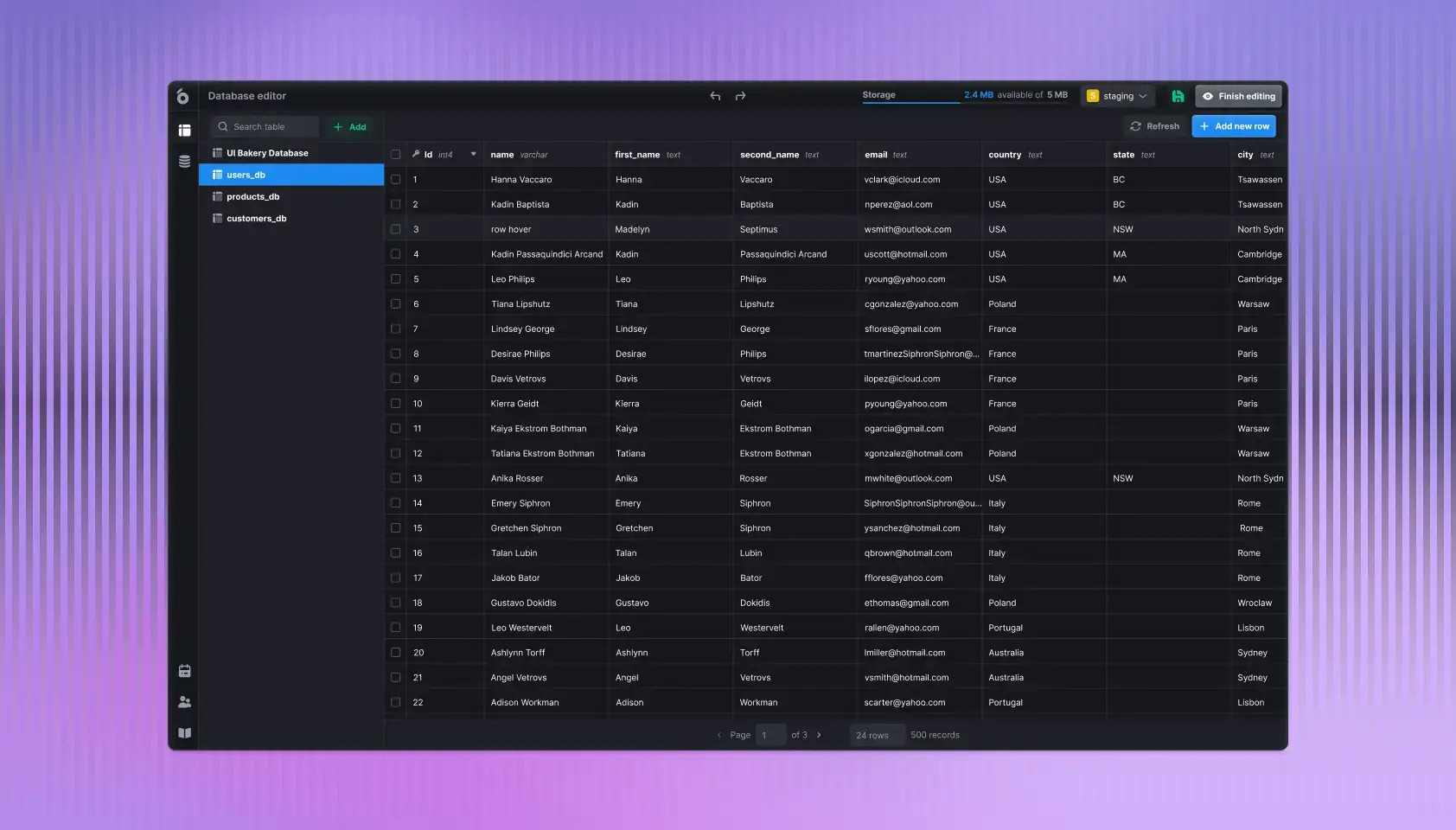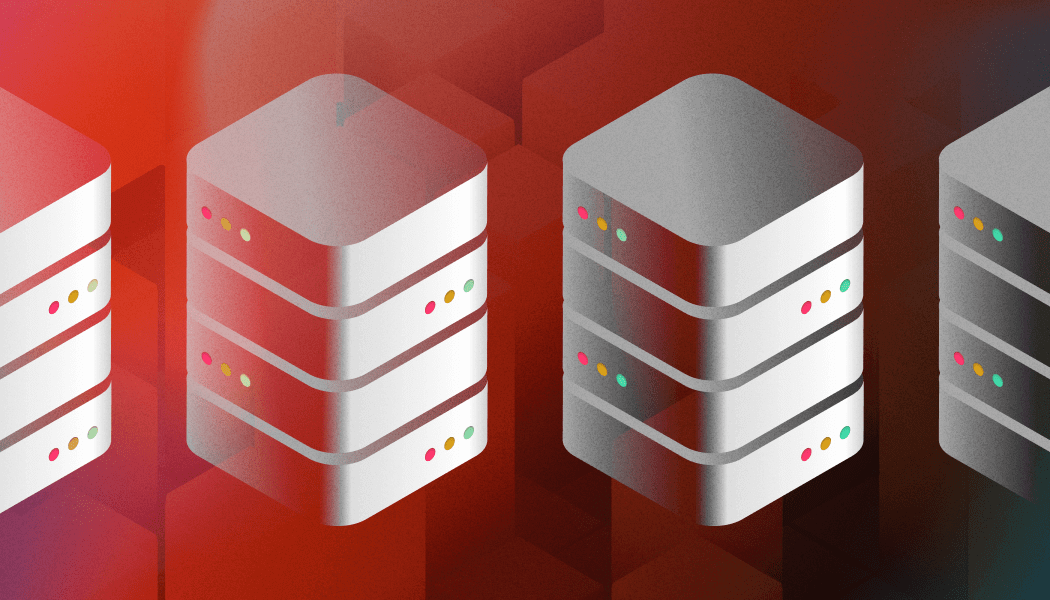
What is CRUD? A Developer's Guide to the Basics of Web App Operations
CRUD operations are foundational for developers working with databases, APIs, and front-end frameworks. Whether you’re building a simple blog or a complex enterprise application, CRUD serves as the primary interface for data interaction.
Understanding CRUD Operations
1. Create
The "Create" operation is about adding new data. In database terms, it usually translates to an INSERT statement in SQL. When a user submits a form to add a new item or record, that’s a Create action.
- Example: Adding a new user to a database.
- Code Insight: In SQL, this would look like:
- REST API Context: A POST request typically handles creation in RESTful APIs.
2. Read
The "Read" operation retrieves data. For databases, this means executing a SELECT query. When a user views a list of items, like browsing posts or fetching user profiles, they’re performing a Read operation.
- Example: Viewing user profiles or fetching a list of products.
- Code Insight: In SQL, reading data might look like:
-
REST API Context: A GET request is usually used for reading data.
3. Update
"Update" modifies existing data. This operation is essential for changing fields within a record — like updating a user's email or changing the status of an order. In SQL, this translates to an UPDATE statement.
- Example: Updating user information or changing the quantity of items in stock.
- Code Insight: SQL for updating a record could look like this:
- REST API Context: An UPDATE action is commonly executed via a PUT or PATCH request.
4. Delete
The "Delete" operation removes data. In SQL, this is done with a DELETE statement. When a user deletes a post or removes an item from a cart, they’re performing a Delete action.
- Example: Removing a user account or deleting an obsolete record.
- Code Insight: In SQL, this is straightforward:
- REST API Context: In RESTful systems, a DELETE request is generally used for deletion.
CRUD in Web Development Frameworks
CRUD operations aren’t just database-level concepts; they’re woven into the architecture of modern web frameworks. Here’s how CRUD typically appears across popular frameworks:
- Angular & React: Use CRUD operations to fetch, display, and manipulate data through REST APIs.
- SQL Databases: In SQL environments, REST APIs often map HTTP methods to CRUD operations, using libraries like Sequelize or Knex.js to interact with SQL databases such as MySQL, PostgreSQL, or SQLite. These libraries help manage database queries, relationships, and migrations within the API framework.
- Django & Flask: These frameworks provide built-in functions or ORM methods that simplify CRUD operations, allowing you to quickly define models and perform data operations.
CRUD and REST: A Perfect Match
In RESTful API design, CRUD operations map intuitively to HTTP methods:
- POST → Create
- GET → Read
- PUT/PATCH → Update
- DELETE → Delete
This mapping makes CRUD operations an essential part of REST API development, making it easier to understand and predict how data will be managed.
Why CRUD Matters for Developers
CRUD is a foundation for almost every interactive app. Knowing CRUD means understanding the core of how applications interact with data, enabling you to build everything from single-page apps to complex multi-tier systems. CRUD knowledge is also crucial for API development, database design, and UI interactions, laying the groundwork for nearly any type of data-driven application.
CRUD Best Practices
- Validation: Always validate input data to avoid security issues.
- Error Handling: Ensure all CRUD operations have appropriate error handling.
- Permissions: Limit CRUD operations based on user roles to protect data integrity.
- Performance Optimization: Use indexing for faster reads and optimize queries to avoid slow updates and deletes.
How UI Bakery Enhances CRUD Application Development
CRUD operations—Create, Read, Update, and Delete—are fundamental to managing data in web applications. UI Bakery streamlines the development of CRUD applications by offering a low-code platform that accelerates the creation of internal tools, admin panels, and dashboards.

Here’s how UI Bakery may be useful for you:
Visual Interface for Rapid Development:
UI Bakery provides a drag-and-drop interface with over 75 pre-built components, such as tables, forms, charts, maps, and more. This allows developers to quickly assemble user interfaces without extensive front-end coding.
Seamless Data Integration:
The platform supports native integrations with various databases (e.g., PostgreSQL, MySQL, MongoDB) and third-party services. Developers can connect to these data sources effortlessly, enabling efficient data management and CRUD operations.
Built-in CRUD Functionality:
UI Bakery simplifies CRUD operations by providing built-in functions, SQL query support, and HTTP request handling. This enables developers to perform data manipulations directly within the platform, reducing the need for external tools.
Customizable Business Logic:
Developers can add sequences, conditions, and advanced business logic using JavaScript within UI Bakery. This flexibility allows for the creation of tailored workflows and data processing routines.
Efficient Deployment and Hosting:
UI Bakery handles app deployment, hosting, and environment setup, allowing developers to focus on building functionality. Applications can be published securely, with options to invite end-users and manage access levels.
By leveraging UI Bakery, developers can accelerate the development of CRUD applications, ensuring efficient data management and a streamlined user experience
Final Thoughts
Understanding CRUD is essential for any developer. It's not just about knowing how to manipulate data but understanding the underlying principles of data management and API design. By mastering CRUD, you gain a solid foundation for creating, reading, updating, and deleting data across any tech stack, paving the way for robust and efficient web applications.
This CRUD guide should serve as a quick reference as you build, test, and optimize your data-driven applications.
CRUD stands for Create, Read, Update, Delete — the four fundamental operations in data-driven applications. These actions form the backbone of modern web apps, defining how data is managed, manipulated, and stored in databases.






